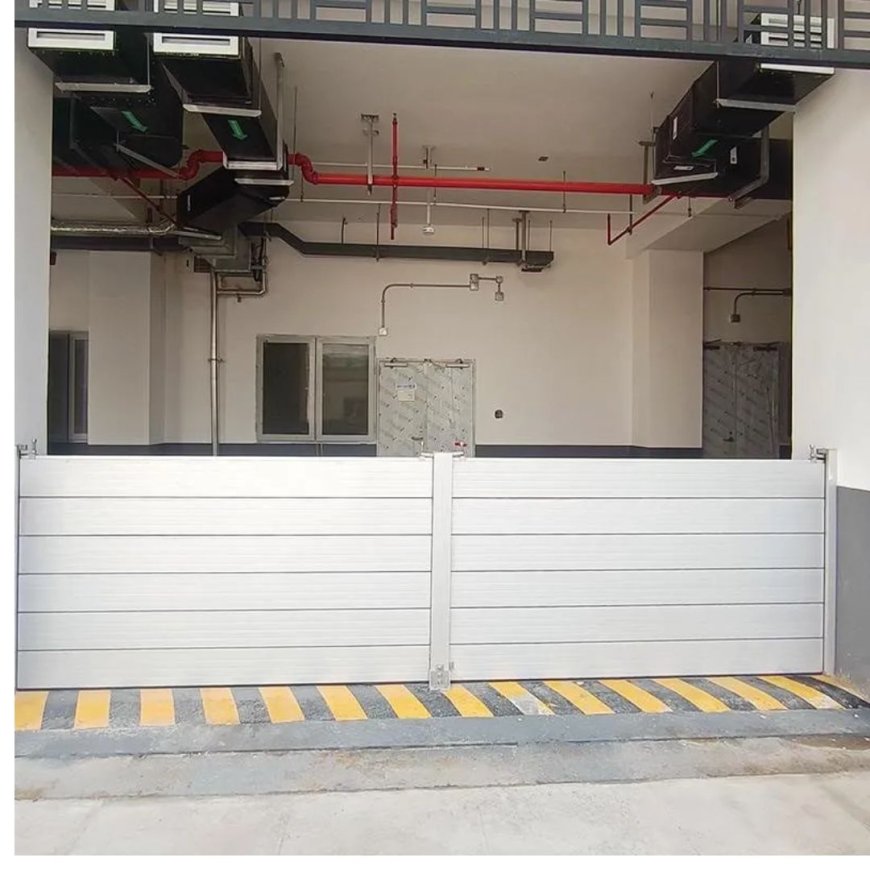Flood Prevention Gate System: Design and Functionality

As climate change intensifies, urban areas are increasingly vulnerable to sudden and severe flooding. One of the most effective structural solutions to manage this threat is the Flood Prevention Gate Systema crucial part of modern flood defense strategies.
These gates are engineered barriers designed to control the flow of water in flood-prone regions, especially near rivers, canals, and coastal areas. Their primary function is to block or redirect excess water during heavy rainfall or storm surges, preventing inundation of homes, roads, and infrastructure.
The design of a flood gate varies based on location and purpose. Some common types include:
-
Vertical lift gates raised or lowered to regulate water flow.
-
Swing gates hinged barriers that close across entry points.
-
Rotating or flip-up gates often automated, ideal for urban street-level protection.
Modern systems often incorporate smart sensors, allowing gates to automatically respond to real-time water levels, rainfall data, and weather forecasts. This automation ensures quicker response times, reducing the dependency on human intervention during emergencies.
Materials used in gate construction must be corrosion-resistant and highly durable, as they face constant exposure to moisture, debris, and fluctuating pressures.
The benefits of a well-designed flood gate system go beyond protectionthey help cities maintain continuity during disasters, reduce economic loss, and save lives.
As urbanization and climate risks grow, investing in flood prevention gate systems is not just an engineering challenge, but a public safety necessity. Through innovative design and adaptive functionality, these gates are proving to be a frontline defense in the age of extreme weather.




































